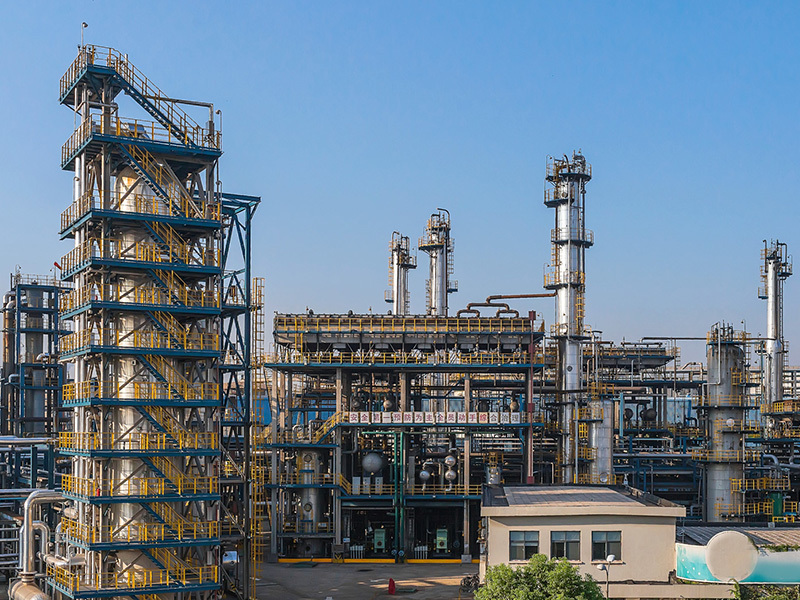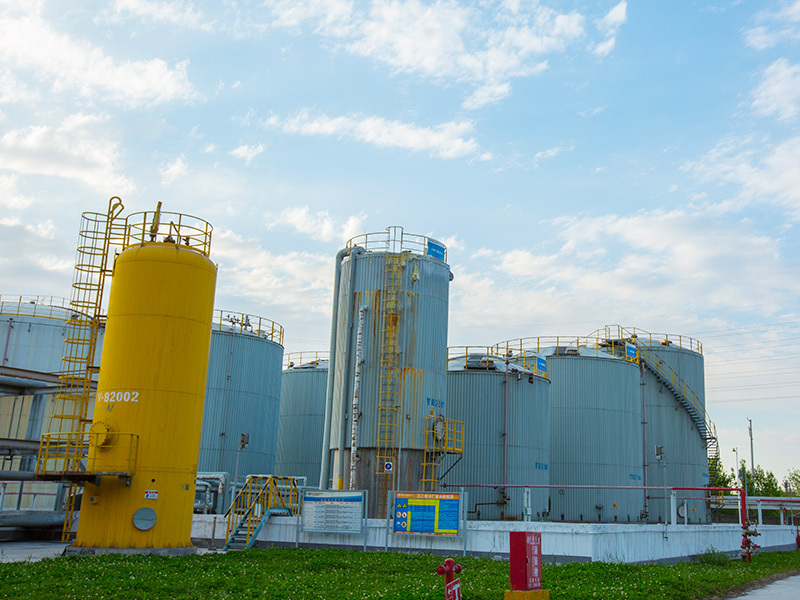Key considerations when processing and handling 90° seamless high-pressure elbows
Laser quenching technology for high-pressure elbows is an advanced metal surface treatment technique, with its core principle lying in the rapid heating of steel surfaces using a focused, high-energy laser beam.
Laser quenching of high-pressure elbows is an advanced metal surface treatment technology that leverages the core principle of rapidly heating the surface of steel materials using a focused, high-energy laser beam. During this process, the laser beam delivers an extremely high energy density directly onto the workpiece surface, instantly raising the material to its phase-transition temperature within a fraction of a second. This triggers a transformation in the material’s microstructure, ultimately forming a martensitic hardened layer characterized by exceptional hardness and wear resistance. Compared to conventional quenching methods, laser quenching offers several significant advantages: it achieves power densities as high as megawatts, enabling ultra-fast heating rates, while the cooling phase relies solely on the material’s natural thermal conductivity—eliminating the need for liquid cooling media like water or oil. This not only prevents environmental contamination but also dramatically enhances processing efficiency, making it a clean and highly effective method for surface hardening.
It is important to note that laser quenching differs fundamentally from processes such as induction hardening and laser melting-quenching. While the latter two techniques use a laser beam to heat the substrate surface beyond its melting point, causing the material to melt entirely and then rely on the substrate’s inherent centripetal heat conduction for rapid cooling—ultimately forming a crystalline microstructure with specific characteristics on the molten layer’s surface—laser quenching, by contrast, operates strictly within the phase-transition temperature range, ensuring the material never reaches a molten state. This critical distinction directly determines the types of materials suitable for the process as well as the resulting treatment outcomes. Currently, this technology has been widely adopted in surface-hardening applications for key components such as gears and shafts, significantly enhancing the fatigue life and load-bearing capacity of mechanical parts.
However, laser quenching technology still has areas that require improvement. Due to the high energy density of the laser beam, the micro-geometric morphology of the treated workpiece surface changes, resulting in increased surface roughness compared to the original condition. This degradation in surface quality typically necessitates subsequent precision machining processes—such as grinding or polishing—to restore the desired finish, which in turn adds complexity to the manufacturing process and raises overall production costs. Therefore, in practical production applications, it is essential to carefully balance processing efficiency, surface quality, and cost-effectiveness.
Keywords:
Previous post:
Related Blog
Introduction to Anti-Corrosion Steel Pipes
A 180° elbow is a metal pipe fitting used to change the direction of piping in carbon steel pipelines.
What are angled tees and angled crosses?
Both types of fittings optimize fluid dynamics performance and installation flexibility through angular design, making them an efficient alternative to traditional straight tees and crosses in modern piping systems.
Avoiding splicing at the r-point of the dish-shaped tube cap can prevent thinning and high stress.
Stainless Steel Grades: 304, 304L, 316, 316L, 321, 2520, 310, 317, and more. Nominal Diameters: DN15 to DN1200 Wall Thicknesses: SCH5 to SCH160 Standards: ASME, DIN, JIS, BS, GB/T, JB, SH, HG—specifically including: GB/T 12459-2017, GB/T 13401-2017, ASME B16.9, SH3408, SH3409, HG/T 21635, DL/T 695, SY/T 0510, DIN 2617. Applications: Water, beverages, beer, food processing, petrochemicals, nuclear power, machinery, medical equipment, fertilizers, shipbuilding, waterproofing systems, piping, and more. Packaging: Wooden crates or cardboard boxes. When applying dish-end caps, avoid splicing at the radius area, as this can lead to material thinning and high stress concentrations. During splicing, weld seams must be oriented either radially or circumferentially—this requirement may eventually be relaxed for larger-cap diameter applications. Additionally, there are specific spacing guidelines for splices: they should be positioned at least 3δ away from each other, with a minimum distance of 100 mm. (The weld heat-affected zone is inherently a region of high stress, and chemical composition loss occurs within this area. Therefore, it’s crucial to steer clear of these high-stress zones, as their extent depends on the material thickness. Based on practical experience, the recommended stress-relief length is greater than 3δ but no less than 100 mm.) However, this requirement is particularly challenging to meet in refrigeration equipment due to their unique design characteristics.








